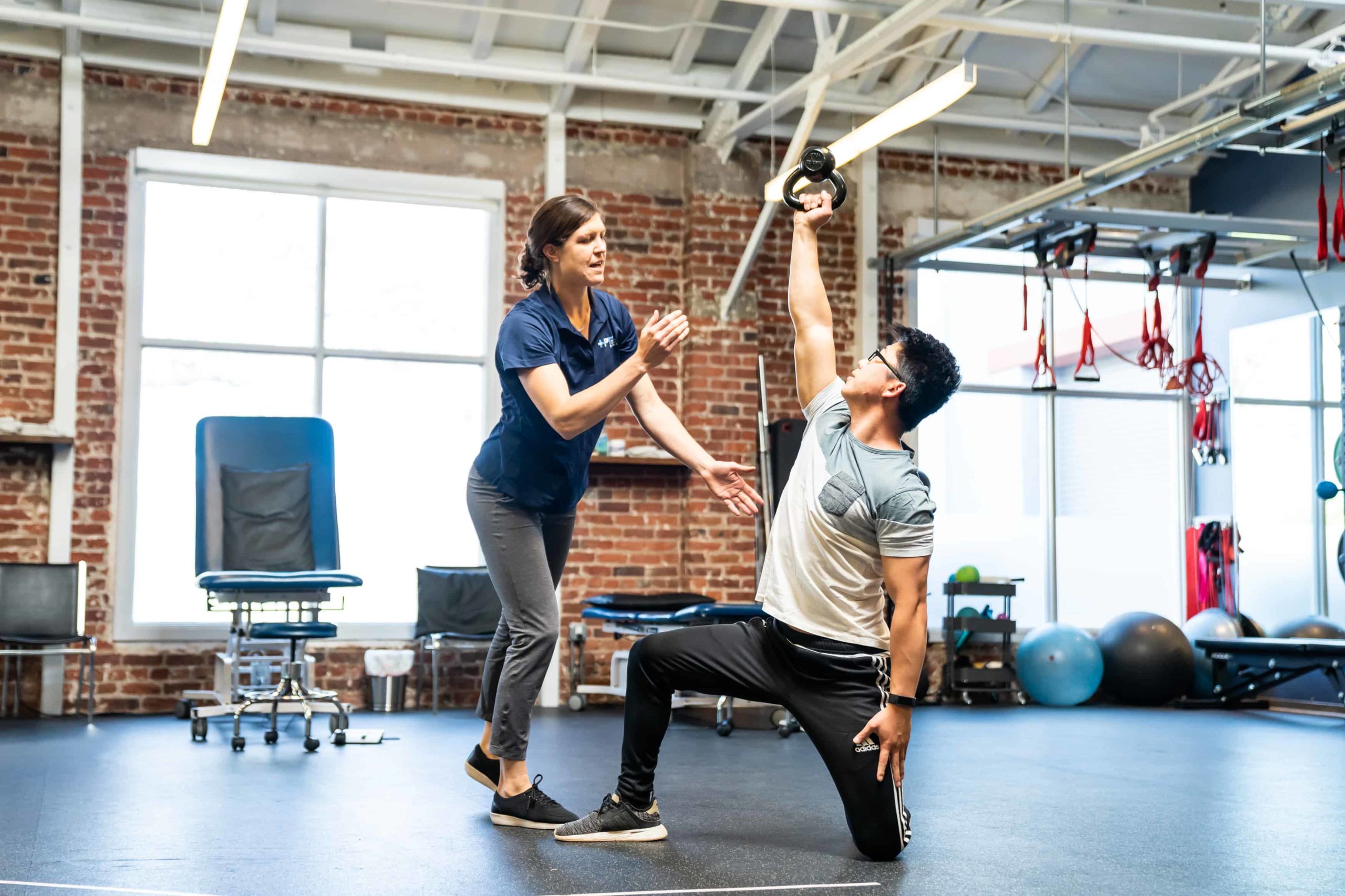Comprehending different Techniques toward Physical Treatment for Improved Recovery plus Restoration
Comprehending different Techniques toward Physical Treatment for Improved Recovery plus Restoration
Blog Article
Physical therapy serves as a crucial part of recovery and restoration for numerous people. It aids patients regain vigor, enhance mobility, and reduce discomfort after injuries or procedures. Numerous methods to physical treatment, all designed to meet the particular needs of patients. Understanding these various methods can help people take informed determinations about their rehabilitation process.
A common technique to physical therapy is physical treatment. This technique includes direct treatment by a bodily practitioner to manipulate muscle tissue and joints. Physical rehabilitation can help relieve pain, boost blood flow, and enhance range of motion. Practitioners may employ approaches such as manipulation, joint movement, and flexibility exercises to assist patients heal. This technique is often beneficial for those with skeletal problems, such as lower back discomfort or arthritis, as it concentrates on the physical components of healing.
An additional crucial technique is restorative movement. Such method includes specific activities tailored to enhance strength, equilibrium, and control. Bodily practitioners design customized movement regimens based on the client's situation and aims. These activities can range from basic exercises to further challenging tasks. Restorative movement is vital for restoring vigor after an trauma and stopping future complications. This also assists patients regain belief in their physical capabilities, which is crucial for complete healing.
Water-based treatment is a different helpful technique that utilizes aqua to aid in rehabilitation. This method takes advantage of the buoyancy of aqua, which minimizes the impact on joints and allows for easier movement. Patients can perform physical therapy for specific conditions exercises in a water environment, making it a wonderful alternative for those with constrained flexibility or pain. Aquatic therapy can help improve vigor, range of motion, and endurance while providing a supportive environment for healing. This is notably helpful for clients rehabilitating from surgery or those with persistent soreness problems.
Finally, knowledge and personal management are vital components of physical treatment. Bodily practitioners not just provide care but furthermore instruct clients about their situations and how to manage them. This comprises grasping physical function, position, and the significance of remaining active. By equipping individuals with information, practitioners help them take an engaged position in their rehabilitation. This approach motivates patients to persist their rehabilitation outside care appointments, leading to improved enduring results.
To summarize, physical treatment provides various techniques to boost rehabilitation and recovery. Physical therapy, restorative physical activity, aquatic therapy, and education all serve significant functions in assisting individuals recover their power and mobility. All approach is tailored to address the distinct requirements of patients, providing a holistic method to recovery. By grasping these various techniques, clients can more effectively navigate their healing path and endeavor towards reaching their healing aims.